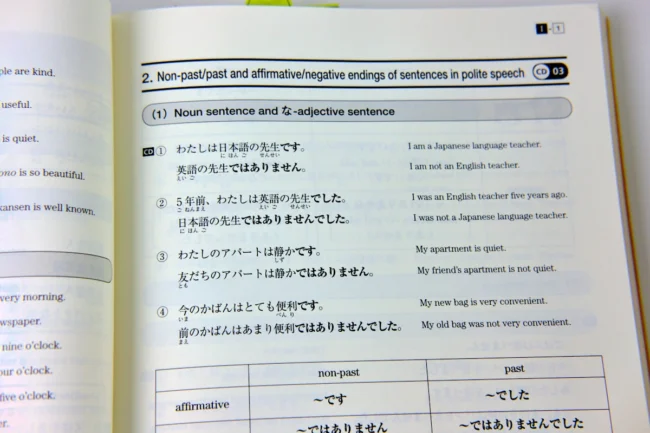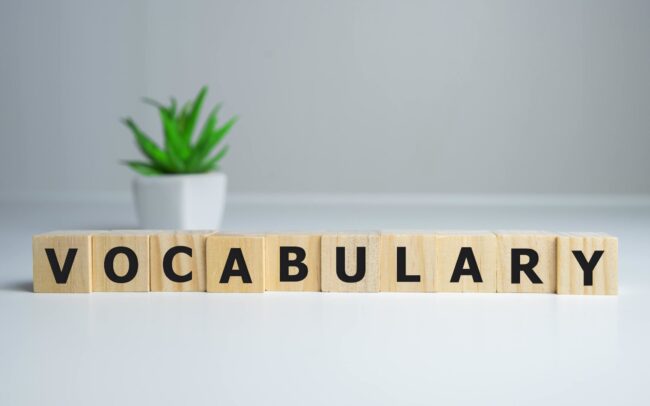Learning a new language is a fantastic way to broaden your horizons and connect with new cultures. Among the many languages spoken across the globe, Japanese stands out for its unique writing system and rich cultural history. However, learning this language can seem like a daunting task, especially for those who are new to the language. Fortunately, there are many resources available to help you learn it quickly and effectively.
Japanese teachers online can provide personalized instruction to help you learn the language at your own pace. They can tailor their lessons to your specific needs, whether you’re a beginner just starting out or an intermediate learner looking to improve your skills. With the help of a Japanese teacher online, you can receive feedback on your pronunciation, grammar, and vocabulary, as well as practice speaking and listening skills in real time.
Step 1: Learn Hiragana and Katakana

One of the first steps to mastering Japanese is to learn the Hiragana and Katakana writing systems. These two writing systems, along with Kanji, make up the foundation of this language. Hiragana and Katakana consist of 46 characters each, and they represent the sounds of the Japanese language.
Hiragana is used for native words, while Katakana is used for foreign words and loanwords. By learning both Hiragana and Katakana, you will be able to read and write basic sentences and start building your vocabulary.
To learn Hiragana and Katakana, it’s important to start with the basic characters and practice writing them repeatedly. There are many resources available online, such as flashcards, worksheets, and apps, that can help you memorize the characters and their corresponding sounds.
It’s also essential to practice reading and writing in context. Reading simple sentences using Hiragana and Katakana can help you get used to the characters and their sounds. Writing sentences in Hiragana and Katakana can help you reinforce your knowledge of the characters and their usage.
Learning Hiragana and Katakana may seem daunting at first, but with practice and persistence, you can master these writing systems and open up a whole new world of language learning.
Step 2: Learn Basic Grammar

After learning Hiragana and Katakana, the next step in mastering Japanese is to learn basic grammar. Grammar is different from English grammar, so it’s essential to start with the basics and gradually build your understanding.
One of the first concepts to learn in Japanese grammar is sentence structure. The basic sentence structure is Subject-Object-Verb (SOV), which is the opposite of English. It’s important to understand this structure to form basic sentences.
Another important aspect of Japanese grammar is particles. Particles are small words that attach to nouns and indicate their grammatical function in the sentence. For example, the particle “は” (pronounced “wa”) is used to indicate the topic of the sentence, while the particle “を” (pronounced “o”) is used to indicate the direct object.
Verbs are also an essential part of grammar. Japanese verbs come at the end of the sentence and change their form depending on the tense, mood, and aspect. It’s important to learn basic verb conjugation to form simple sentences.
To learn basic grammar, it’s important to start with simple sentence patterns and practice using them in context. There are many textbooks and online resources that provide explanations and examples of basic grammar concepts.
Step 3: Build Vocabulary

Building a strong vocabulary is essential to mastering any language, including Japanese. By increasing your vocabulary, you will be able to understand and express more complex ideas and communicate more effectively in a variety of contexts.
One way to build your vocabulary is to start with the most commonly used words. There are many resources available, such as frequency lists and flashcards, that can help you identify and memorize the most important words.
It’s also important to learn vocabulary in context. Reading texts, such as manga or news articles, can help you learn new words and understand how they are used in context. It’s also helpful to practice writing sentences using new vocabulary words to reinforce your understanding.
Step 4: Practice Speaking and Listening

Practice speaking and listening is a crucial step in learning Japanese quickly and effectively. Speaking and listening skills help you to communicate more effectively with native Japanese speakers, understand spoken Japanese in real-life situations, and improve your overall fluency.
One of the best ways to practice speaking and listening is to find a language exchange partner or an online teacher. A language exchange partner is someone who is learning your native language while you are learning this language. This allows both of you to practice speaking and listening to each other in a real-life context.
Watching Japanese movies or TV shows with subtitles can help you understand spoken Japanese and get used to the rhythm and intonation of the language. Listening to their podcasts or music can also help improve your listening skills.
It’s important to practice speaking and listening regularly, even if you feel nervous or unsure about your skills. By practicing consistently, you will become more comfortable with the language and gradually improve your proficiency.
Step 5: Immerse Yourself in Japanese Culture

Immersing yourself in Japanese culture is a great way to improve your language skills and gain a deeper understanding of the language and its nuances. By immersing yourself in their culture, you can learn about the customs, traditions, and social norms that shape the language and its usage.
You can also read Japanese manga or novels, which will improve your reading skills and help you learn new vocabulary. Another way to immerse yourself in Japanese culture is to participate in Japanese cultural activities. This can include learning traditional arts, such as calligraphy or tea ceremony, or attending festivals and events that celebrate Japanese culture. By participating in these activities, you will not only improve your language skills but also gain a deeper appreciation for Japanese culture and its history.
Learning Japanese Can be Rewarding

Learning Japanese can seem daunting, but with the right mindset and approach, anyone can master the language. By following these key steps, you can learn Japanese quickly and effectively. Remember to focus on learning Hiragana and Katakana, mastering basic grammar, building vocabulary, practicing speaking and listening, and immersing yourself in Japanese culture.
To supplement your learning, consider finding a Japanese teacher online or a language exchange partner to practice speaking and listening skills. Remember to set realistic goals, practice consistently, and be patient with yourself. The process of learning Japanese can be challenging, but it can also be incredibly rewarding.
